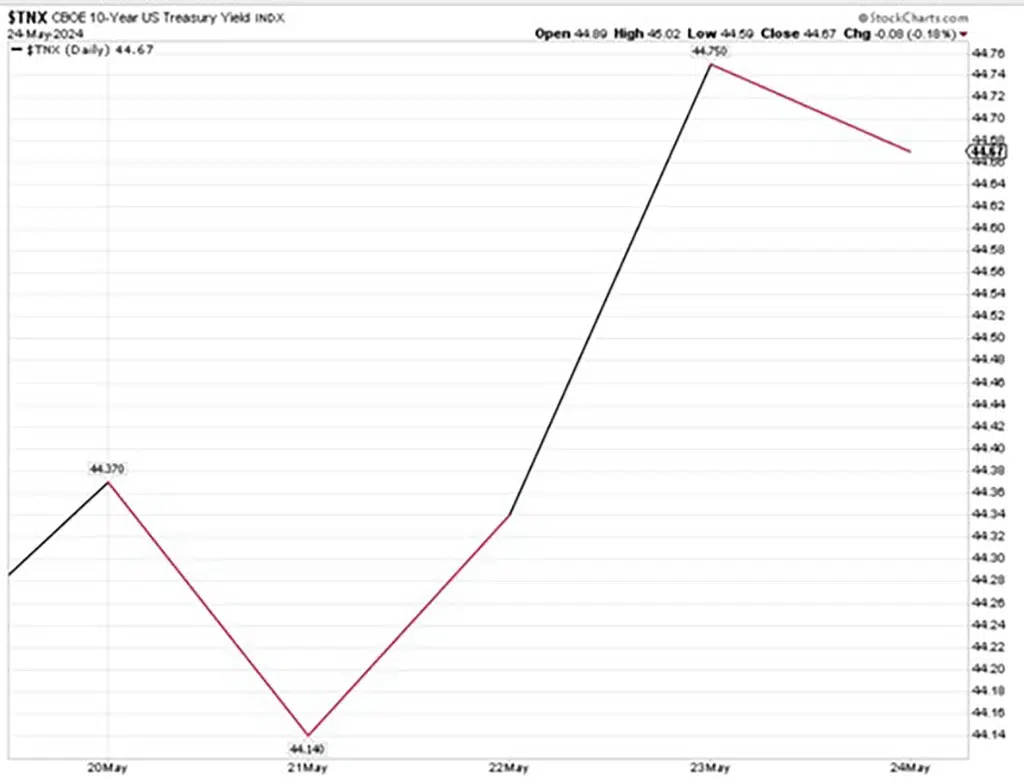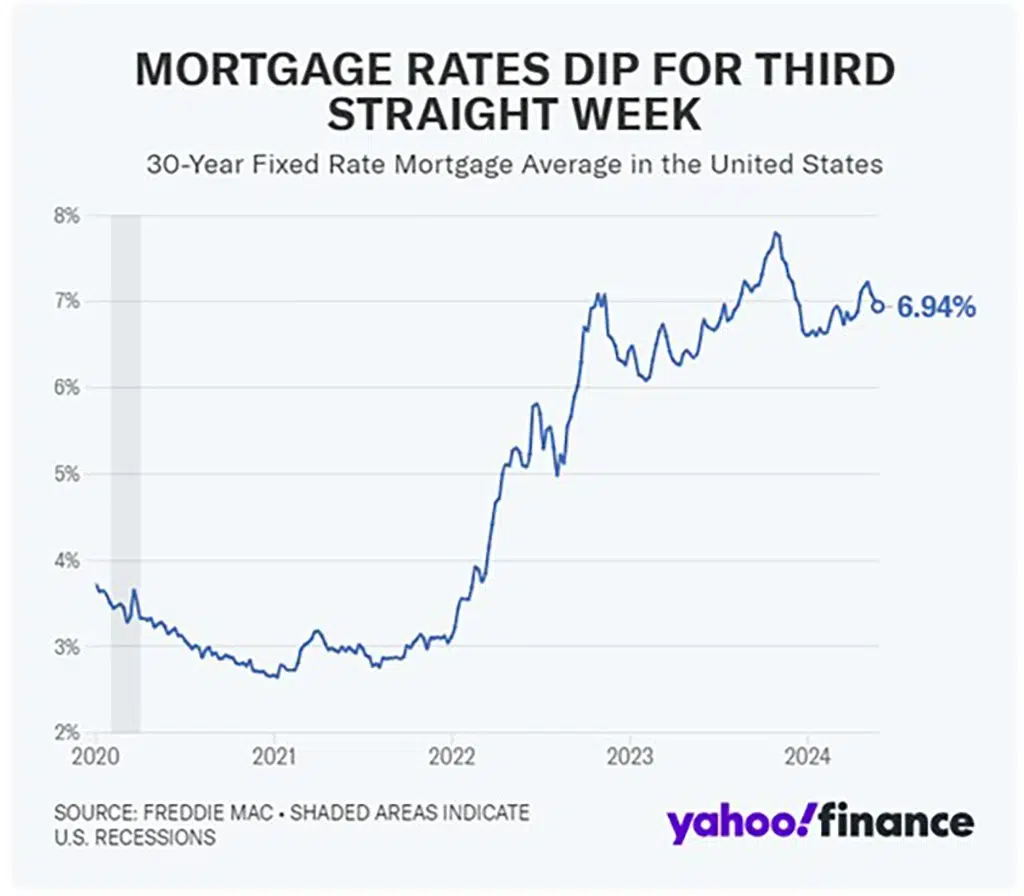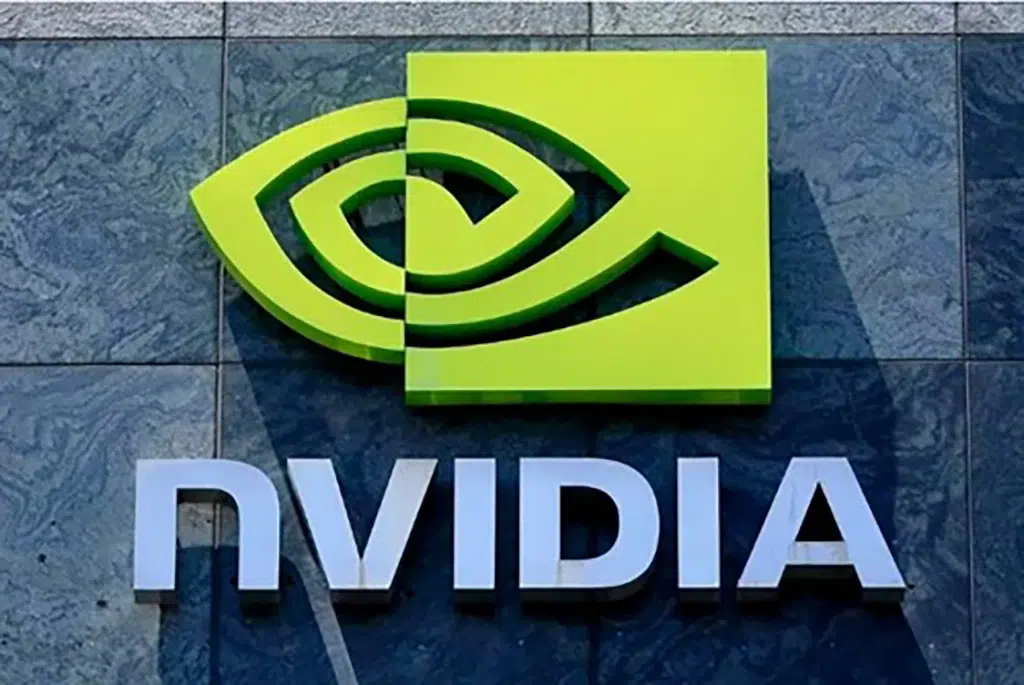Weekly Market Outlook
By Donn Goodman
MarketGauge Pro
May 29, 2023
Welcome back readers. Hope you were able to take advantage of some of the stock market’s tech stock strength this past week.
We want to extend our sincere wishes for an enjoyable Memorial Day holiday. Personally, through the years I have had the privilege of knowing several families that have had (or currently have) loved ones serving in the military. It is important to all of us at MarketGauge to thank any of our readers who either served or have family who have served. And if you know someone who may have had the terrible misfortunate of losing a soldier, please reach out to them and extend our heartfelt appreciation to their family for their service. Here is a little prayer to capture this important remembrance:
“Almighty God, let us pause to pay tribute to our dearly departed. Let us honor the memory of the valiant servicemen and women who made the supreme sacrifice so that we may live in a country that is free. May they rest in peace. Keep their families in your good graces.
Higher for longer
Both Mish (through Mish’s Daily, you can subscribe in the link here) and myself have held consistent views since late last year that we thought interest rates would stay elevated for longer. As this writer has been suggesting in the past few Market Outlooks (click here for last week’s Market Outlook) volatility would pick up from continuing economic uncertainty. Contrarian economic signals (both positive and negative) are weighing heavily on interest rates and that in turn, is producing added doubt and volatility.
I must admit that I took my cue more from Mish’s insistence that inflationary cycles don’t go down easily, and that inflation would likely stay elevated longer than everyone was expecting. Especially with a growing and robust, mostly fully employed, economy. For inflation to decline the economy needs to slow dramatically and we have not seen enough of those signs to believe that is happening. More importantly, in an election year, the current administration is going to do all they can to keep the economy chugging along.
Most investors (and economists) have been operating on the rhetoric put out by the Federal Reserve last November that suggested we could see as many as 7 rate cuts. Of course, their narrative is that it will always be data dependent. Since the beginning of 2024 the data, especially with regard to inflation, has not been supportive of any rate cuts.
Inflation readings are way above expectations, and parts of the economy, such as unemployment claims, consumer sentiment readings, retail sales, Michigan PMI, and a host of other data points, are just not trending down enough to contribute to a “slowing” narrative.
Yes, we have seen inflation, both at the producer and consumer price levels, heading down with the right trajectory, but clearly not anywhere even close to the Fed’s target rate.
More negative inflation information came out this past week
The Federal Reserve policymakers said on Tuesday that the U.S. Central Bank should wait several more months to ensure that inflation really is back on track toward its 2% target before cutting interest rates.
On Wednesday, Goldman Sachs CEO David Solomon said he does not expect the Federal Reserve to cut interest rates this year. “I’m still at zero cuts” Solomon said at a Boston College event. “I think we’re set up for stickier inflation.” (I am wondering if he heard Mish in the past 6 months when she appeared on her national TV interviews? Maybe Mr. Solomon watches Charles Payne?).
If you would like to see a replay of any of Mish’s television and podcast appearances, go here.
Solomon’s comments stand in contrast to market expectations for at least one rate cut by the Fed this year. Traders reduced bets on Wednesday for more than one rate cut this year after the release of the Federal Reserve’s April 30 – May 1 policy meeting minutes showed that rate-setters thought inflation could take longer to ease than previously thought.
Solomon told an audience of about 150 senior corporate executives and Boston College students that while he believes the U.S. economy is fundamentally strong, not all Americans are experiencing growth or the impact of inflation the same way.
Solomon said, “inflation is not just nominal, it’s cumulative.” He cited a conversation that he had recently with the CEO of a grocery chain that has seen customers cutting back on the size of their purchases in response to rising prices. “We’re starting to see the average American slowing down and changing his habits”, Solomon added.
Interest rates are running the show
The Federal Reserve comments and the release of the minutes sent interest rates up and stocks down as the market was hit especially hard on Thursday giving up any gains made earlier in the week. Notice the steep climb higher from Wednesday to Thursday on the 10-year Treasury rates (see below).

And the S&P reacted negatively on Thursday due to rising interest rate concerns. (you may recall two weeks ago we suggested that the Fed should be hiking and not lowering rates, something we realize would be wholly unpopular and not likely to happen). See the S&P 500 chart for the last 5 days below. Notice how closely correlated the movement on the rising 10-year interest rates and the downward move of the S&P 500 are Tuesday to Thursday below and above.

Don't Get The Weekly Newsletter? Join Here:
We offer the following chart to illustrate how much the stock market has become dependent on the EXPECTATIONS for possible interest rate cuts. We also suggest that if earnings had not been so robust during this past earnings season, we would likely have not seen the continued strength in the face of higher interest rates and stickier inflation data. See chart below:

Housing woes continue
Mostly due to low demand for mortgage applications, the average 30-year fixed mortgage fell below 7% for the first time since early April. New home sales for April came out this past week and showed a disappointing 634,000 homes sold versus expectations of 675,000 homes. Additionally, existing home sales retreated 1.9% month over month in April, according to the National Association of Realtors (NAR), during what is typically the busiest season. See chart below on the fall of mortgage rates:

Homebuyers remain on the sidelines
Despite pent-up demand for homes, buyers are hesitant to enter the market even after this week’s rate dip. According to the Mortgage Bankers Association (MBA), the volume of purchase mortgage applications fell by 1% this past week. But mortgage applications are 11% lower than the same week a year ago.
Purchase activity continues to lag despite this recent decline in rates. “Potential buyers still face limited for-sale inventory and high list prices,” said Joel Kan, deputy chief economist.
This is one area of the economy that might precipitate the Fed to act sooner than later to reduce the Fed overnight lending rates which could lower mortgage rates. Housing issues, many of them due to higher interest rates, continue to be a concern since it is a significant portion of the economy and is adding to negative consumer sentiment. Of course, it also affects car purchases and the use of credit cards. This concerns the Fed.
Tech versus interest rates
While the negative commentary occurred on Tuesday and Wednesday, investors anxiously awaited the Nvidia earnings release after the bell on Wednesday. As expected, these earnings were blow-out numbers.

Nvidia shares surged over 10% following the company’s latest earnings report, which exceeded investor expectations and demonstrated the high demand for its artificial intelligence chips.
It was eye popping to see that their data center revenue soared by an impressive 427% during the first quarter of 2024. Demand for Nvidia’s graphic processing units is driven by the major cloud services providers—Amazon Web Services, Microsoft Azure, Google Cloud and Oracle Cloud as well as hundreds of other companies that have entered the AI arena. According to the company those four major cloud companies listed above, accounted for approximately 45% of Nvidia’s $22.56 billion in data center sales in Q1 of 2024.
While Nvidia benefits from the exponential growth in artificial intelligence, other areas of the economy associated with the boom, such as certain commodities and electric utilities, are struggling to keep pace with the demand as the industry expands at lightning speed.
In several of our investment models, we own several of these companies tied to the AI phenomenon and our subscribers have benefited greatly from this positive trend. If you would like more information on these models that have also captured some of the power and commodity demand, please reach out to Rob Quinn, Chief Strategy Officer at Rob@MarketGauge.com. He would be happy to share this information and how our algos have identified these trends a while ago.
Use the link below to continue reading about:
- The heat map of Thursday’s NVDA vs. the Market action
- Positive tailwinds for the market
- Gold, silver and commodities
- The Big View bullets
- Keith’s market analysis video














